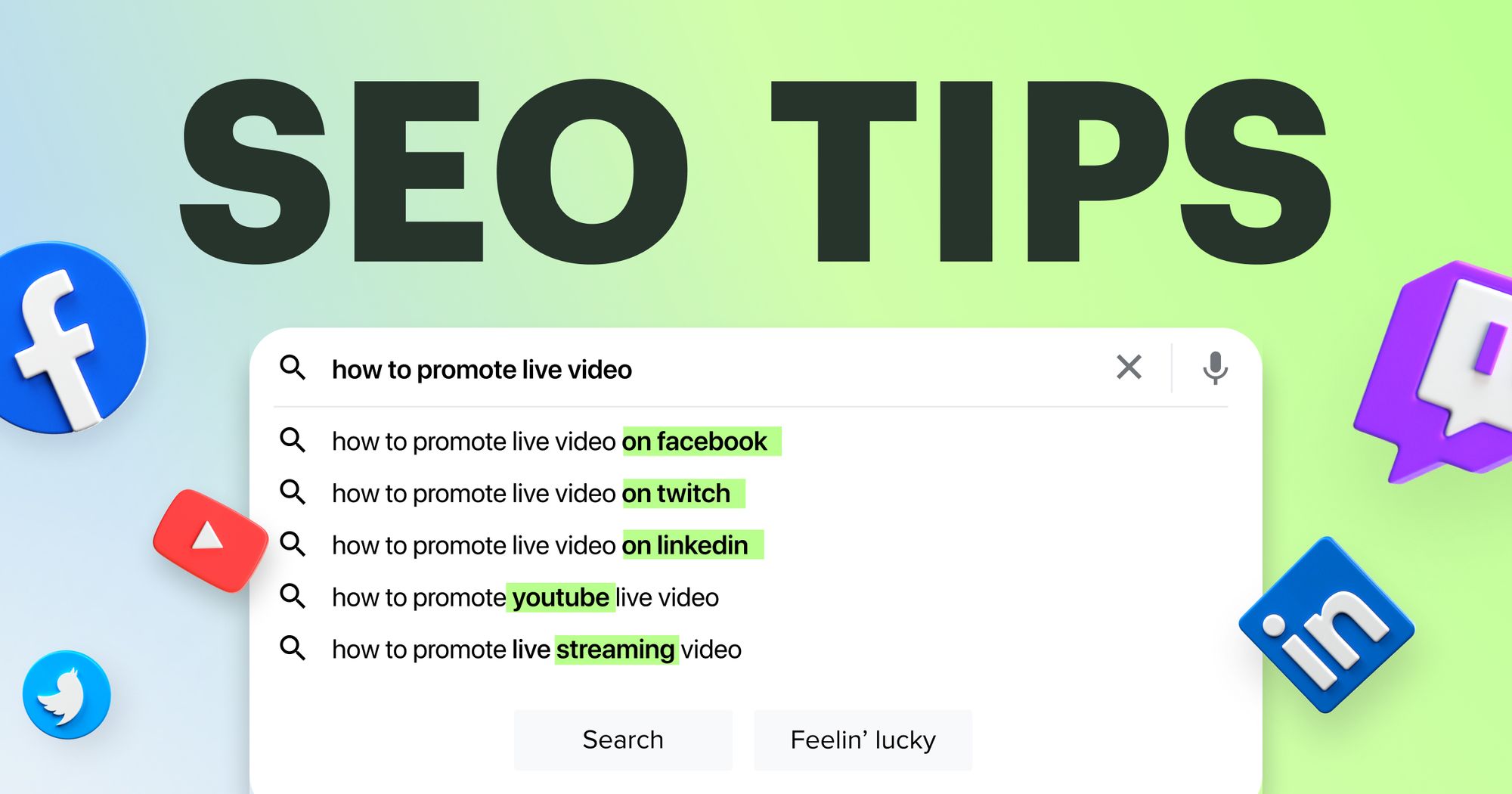
In 2025, video content is no longer optional—it’s essential. With billions of daily views on YouTube and the rise of video-rich SERPs (Search Engine Results Pages), brands that ignore Video SEO are missing out on major visibility. Whether you’re targeting YouTube audiences or looking to rank your videos on Google, mastering Video SEO is the key to unlocking organic growth. At DigiSwarm, the best digital marketing agency for content optimization, we help brands create and position video content that not only engages—but ranks.
What Is Video SEO?
Video SEO (Search Engine Optimization) is the process of optimizing your video content to be discoverable on search engines like Google and platforms like YouTube. It involves techniques to improve visibility in search results, increase video watch time, drive clicks, and boost overall engagement.
Unlike traditional SEO, Video SEO requires a deep understanding of both visual storytelling and metadata structuring. It’s not just about what’s in your video—but how you present it, tag it, and distribute it.
Why Video SEO Matters in 2025
Here’s why Video SEO is more important than ever:
-
YouTube is the world’s second-largest search engine
-
Google SERPs now feature video carousels and clips
-
Voice search often returns video results
-
Short-form videos (YouTube Shorts, Reels) are influencing SEO signals
With Google increasingly prioritizing video content, brands that implement proper Video SEO can capture higher intent traffic and longer site engagement times.
Best Practices for Video SEO
1. Keyword Research for Video
Start by identifying keywords that align with your topic and user intent. Use tools like:
-
Google Trends (search under “YouTube Search” filter)
-
TubeBuddy
-
Ahrefs’ YouTube Keyword Tool
-
YouTube’s autocomplete suggestions
Place the keyword naturally in your:
-
Video title
-
Description
-
Tags
-
File name (e.g., video-seo-tips.mp4)
2. Create Engaging, High-Quality Content
Google and YouTube prioritize videos that:
-
Have high watch time and retention
-
Get likes, comments, and shares
-
Are visually clear and informative
Even a beautifully optimized video will underperform if the content doesn’t engage. Focus on:
-
Hooking viewers in the first 10 seconds
-
Solving a specific problem
-
Including clear visuals, subtitles, and value
3. Optimize Video Titles and Descriptions
Your title should be clickable, keyword-rich, and under 60 characters. Your description should:
-
Include primary and secondary keywords
-
Add links to your website or social handles
-
Include timestamps for longer videos
-
End with a strong CTA
-
4. Add Captions and Transcripts
Captions help YouTube’s algorithm understand your content better. Tools like Otter.ai or Descript can auto-generate transcripts, improving both accessibility and Video SEO rankings.
Transcripts also allow search engines to crawl your spoken content—boosting visibility.
5. Design Custom Thumbnails
Eye-catching thumbnails improve click-through rate (CTR). Use high contrast, bold text, and expressive faces. Ensure consistency in brand style. A high CTR sends strong engagement signals for it.
6. Leverage Video Schema for Google Ranking
To rank videos on Google, use structured data like:
This helps Google index your video and display rich snippets in search.
7. Create Video Playlists
Organizing videos into playlists boosts watch sessions and SEO. Group related content to increase user retention and suggestability.
Example: A playlist titled “DigiSwarm’s Video SEO Academy” that walks users through beginner to advanced strategies.
8. Promote Your Video Across Channels
Video SEO doesn’t stop at upload. Promote your video:
-
On your website (embed it in a blog)
-
Through email marketing
-
On social media
-
Via paid promotion (Google Ads for YouTube)
More engagement leads to better rankings.
9. Track Key Metrics
Monitor analytics on:
-
Impressions
-
Click-through rate
-
Average view duration
-
Audience retention
-
Engagement (likes, comments, shares)
This data will inform which content formats and topics perform best in your efforts.
Outdated but Valuable Video SEO Resources
While slightly dated, these resources still offer foundational insights:
They laid the groundwork for modern practices.
The Future of Video SEO
Looking ahead, expect to see:
-
AI-driven tagging for better automation
-
Voice search integration that prioritizes video snippets
-
Interactive video elements that improve dwell time
-
Real-time captioning and auto-translation are becoming the default
DigiSwarm is already equipping clients with Video SEO strategies that include Shorts, vertical formats, and schema-rich landing pages.

Conclusion
Video SEO is no longer a side tactic—it’s a core pillar of content marketing success in 2025. By understanding how Google and YouTube evaluate video, you can significantly improve visibility, watch time, and conversions. DigiSwarm, the best digital marketing agency, empowers brands to turn their video content into high-performing search assets through proven Video SEO practices, creative strategy, and analytics. The screen is the new search bar—optimize it wisely.
